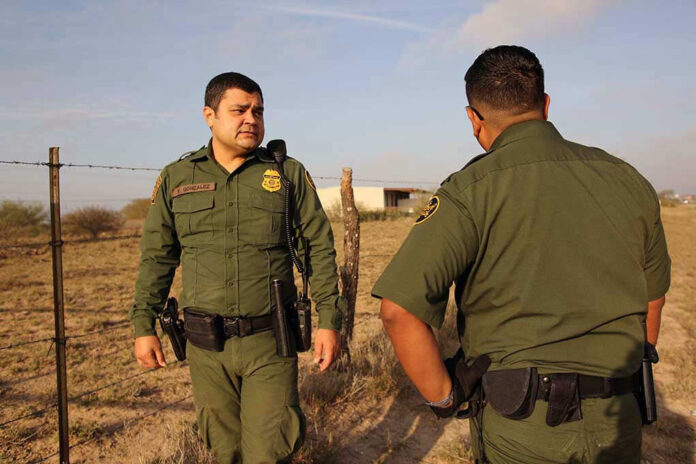
Border agents intercepted a smuggling operation that exposed the alarming scale of illegal wildlife trafficking threatening American wildlife laws and environmental security.
Story Snapshot
- CBP officers seized 163 exotic reptiles and arthropods from smuggler’s truck at Texas-Mexico border
- Driver arrested attempting to transport snakes, tarantulas, salamanders, and centipedes outbound to Mexico
- Wildlife trafficking represents growing criminal enterprise exploiting porous border enforcement
- Federal agencies collaborate to combat billion-dollar illegal exotic pet trade
Massive Wildlife Smuggling Operation Disrupted at Border
U.S. Customs and Border Protection officers at the Anzalduas International Bridge intercepted a silver Toyota truck on October 22, 2025, containing 163 live exotic animals destined for Mexico. The seizure included snakes, frogs, lizards, salamanders, tarantulas, and centipedes concealed in jars and bags. CBP arrested the driver and transferred the animals to the U.S. Fish and Wildlife Service custody. This operation demonstrates the sophisticated methods criminals employ to exploit border crossings for illegal wildlife trade.
Criminal Enterprise Targets Vulnerable Wildlife Species
Wildlife trafficking operates as a multi-billion-dollar global black market, with the U.S.-Mexico border serving as a critical smuggling corridor. Port Director Carlos Rodriguez confirmed the rising trend in exotic pet smuggling, emphasizing increased cooperation between border security and wildlife protection agencies. The diverse collection of species suggests an organized operation catering to international exotic pet markets. Such trafficking threatens wild populations and can introduce invasive species that damage local ecosystems.
Border Security Challenges Persist Under Current Enforcement
The outbound nature of this smuggling attempt highlights enforcement gaps that criminals exploit for various illicit activities. Enhanced border security for drugs and weapons has pushed traffickers toward creative concealment methods for wildlife smuggling. Previous seizures at southern border crossings indicate this represents part of a broader pattern rather than an isolated incident. The Anzalduas International Bridge’s position as a known crossing point for both legal and illegal trade requires sustained vigilance from federal agencies.
Federal Response Demonstrates Interagency Coordination
The successful interdiction showcases collaboration between CBP, U.S. Fish and Wildlife Service, and Homeland Security Investigations in combating wildlife crime. CBP handles initial border enforcement while Fish and Wildlife provides specialized expertise in species identification and legal compliance. The ongoing criminal investigation may result in significant penalties for the arrested smuggler. However, experts acknowledge that such seizures represent only a fraction of the total illegal wildlife trade crossing American borders.
Sources:
163 exotic reptiles and bugs confiscated at Texas border officials
Texas border patrol snakes frogs seized












